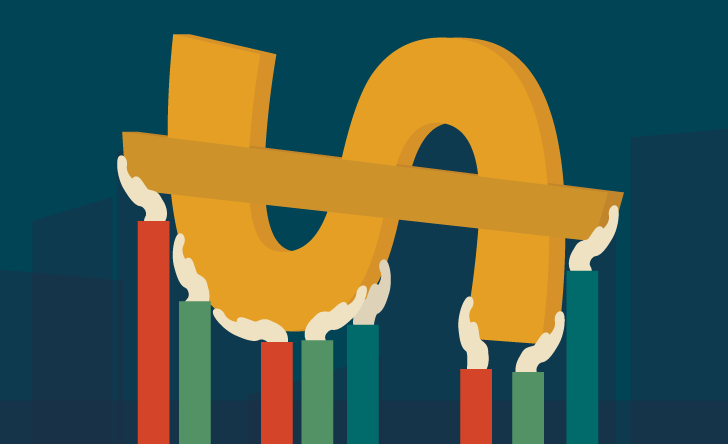The Office of the Superintendent of Financial Institutions (OSFI) announced March 13 that as part of a coordinated effort by federal agencies, it has taken a number of actions “that build resilience of federally regulated financial institutions and improve the stability of the Canadian financial system and economy in response to challenges posed by COVID-19 and current market conditions.”
OSFI underlines that it has strengthened its requirements and its supervisory efforts in all of these areas since the 2008 global financial crisis. These measures have improved the resilience of federally regulated financial institutions for periods of stress. One of these requirements was the creation of the Domestic Stability Buffer (DSB) requirement for domestic systemically important banks (D-SIBs). The DSB's countercyclical design enables D-SIBs to use the capital they have built up during good times when it may be needed most.
Effective March 13, OSFI lowered the Domestic Stability Buffer by 1.25% of risk weighted assets. The DSB was set at 2.25% of risk weighted assets. So, the DSB requirement is now set at 1.00%.
“This action is being taken in order to support D-SIBs' ability to supply credit to the economy during an expected period of disruption related to COVID-19 and market conditions,” explains OSFI. “The release of the DSB will support in excess of $300B of additional lending capacity by D-SIBs. These institutions are encouraged to use this capital as well as their liquidity buffers if required.”
OSFI says it expects banks to use the additional lending capacity to support Canadian businesses and households, “and should not use this measure to increase distributions to shareholders or employees or to undertake share buybacks.” Consistent with this, OSFI set the expectation for all federally regulated financial institutions that dividend increases and share buybacks should be halted for the time being.
OSFI also announced that it is suspending all of its consultations and policy development on new or revised guidance until conditions stabilize. This includes the new proposed B-20 benchmark rate for uninsured mortgages. “As a result, the benchmark rate as currently published by the Bank of Canada will remain in force until further notice.”
The Minister of Finance has also announced the suspension of the April 6, 2020 coming into force of the new benchmark rate used to determine the minimum qualifying rate for insured mortgages.




